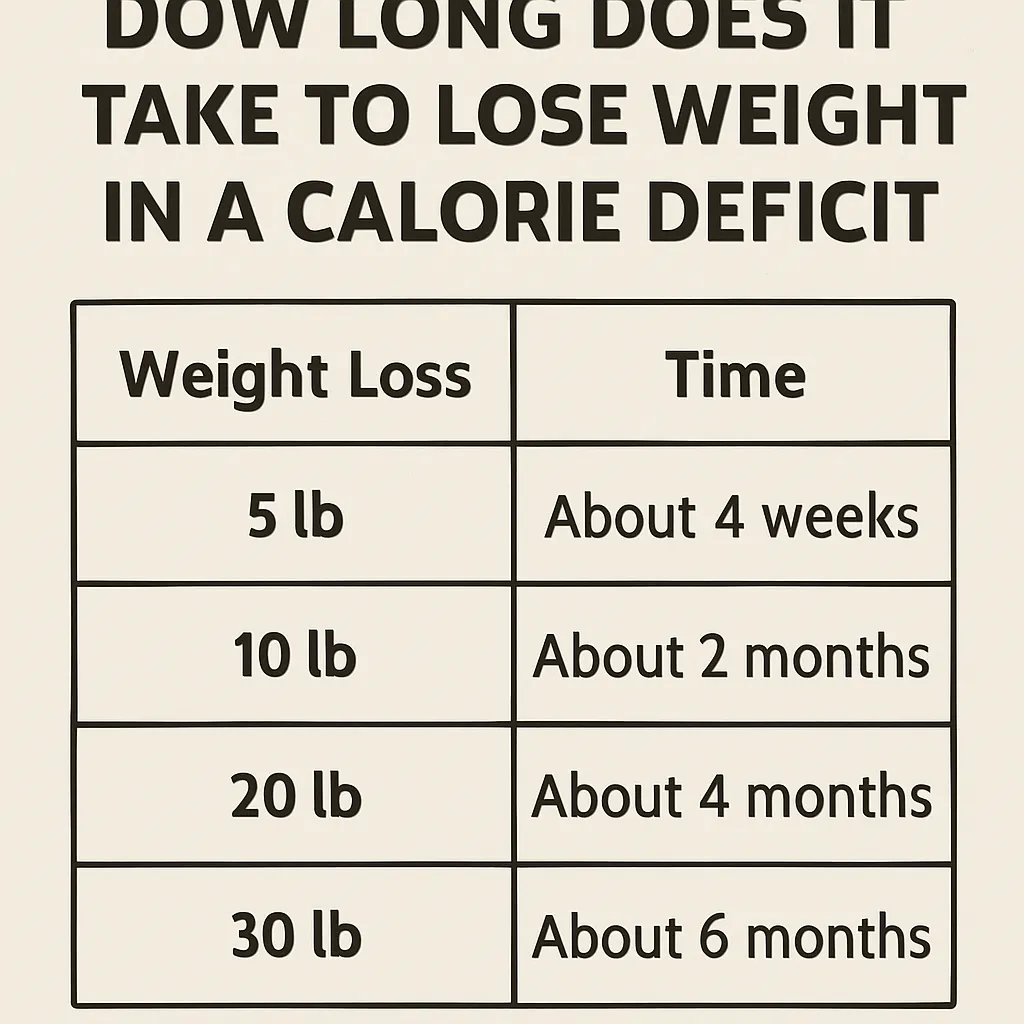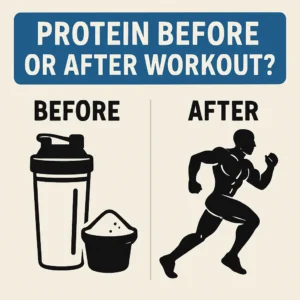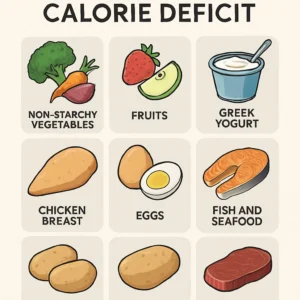Losing weight in a calorie deficit is a journey that many embark upon seeking sustainable, healthy results. At its core, the question “how long does it take to lose weight in a calorie deficit?” depends on multiple individual factors, including starting weight, metabolic rate, and lifestyle choices. In this article, we’ll explore exactly what a calorie deficit is, how it drives weight loss, and the timeline you might expect under different circumstances. You’ll learn how to set safe, manageable calorie goals and recognize progress along the way. We’ll also cover potential risks of overly aggressive approaches and share practical tips to help you succeed. By the end, you’ll have a clear understanding of how to plan a realistic weight loss strategy that fits your unique needs.
Understanding Caloric Deficits
What Is a Calorie Deficit?
A calorie deficit occurs when you consume fewer calories than your body expends over a given period. This gap forces your body to draw on stored energy—primarily fat reserves—to meet its energy needs. Creating a calorie deficit is the fundamental principle behind all weight loss, regardless of the specific diet or exercise regimen you follow. To calculate your personal deficit, you first need to know your maintenance calories, which is the amount needed to maintain your current body weight. From there, you subtract a certain number of calories per day to establish your deficit. It’s important to create a moderate deficit rather than an extreme one to avoid muscle loss and nutrient deficiencies.
For example, if your maintenance level is 2,000 calories per day, cutting back to 1,500 calories would create a 500-calorie deficit each day. Over a week, this could theoretically translate to approximately one pound (0.45 kg) of fat loss, assuming 3,500 calories equals one pound of fat. However, individual results can vary based on numerous physiological and behavioral factors. Understanding what a calorie deficit is—and how to calculate it accurately—is your first step toward sustainable weight loss.
How Calorie Deficits Lead to Weight Loss
When the body consistently operates in a calorie deficit, it taps into stored energy to fuel daily functions and physical activity. Initially, water weight may drop quickly, giving the illusion of rapid weight loss, but true fat loss occurs more gradually. As the deficit continues, your body becomes more efficient at using stored fat for energy. Over time, this leads to measurable decreases in body weight and improvements in body composition. However, the rate of weight loss often slows as you lose weight, because a lighter body requires fewer calories to maintain baseline functions.
Moreover, the process of losing weight can trigger adaptive responses, sometimes referred to as “metabolic adaptation,” where your metabolism slows to conserve energy. This is why many people experience plateaus during their weight loss journey. To continue progressing, you may need to adjust your calorie goals, increase physical activity, or refine your macronutrient balance. By understanding the mechanics of how calorie deficits drive weight loss, you’ll be better equipped to set realistic expectations and stay motivated throughout the process.
Factors Influencing Weight Loss Timing
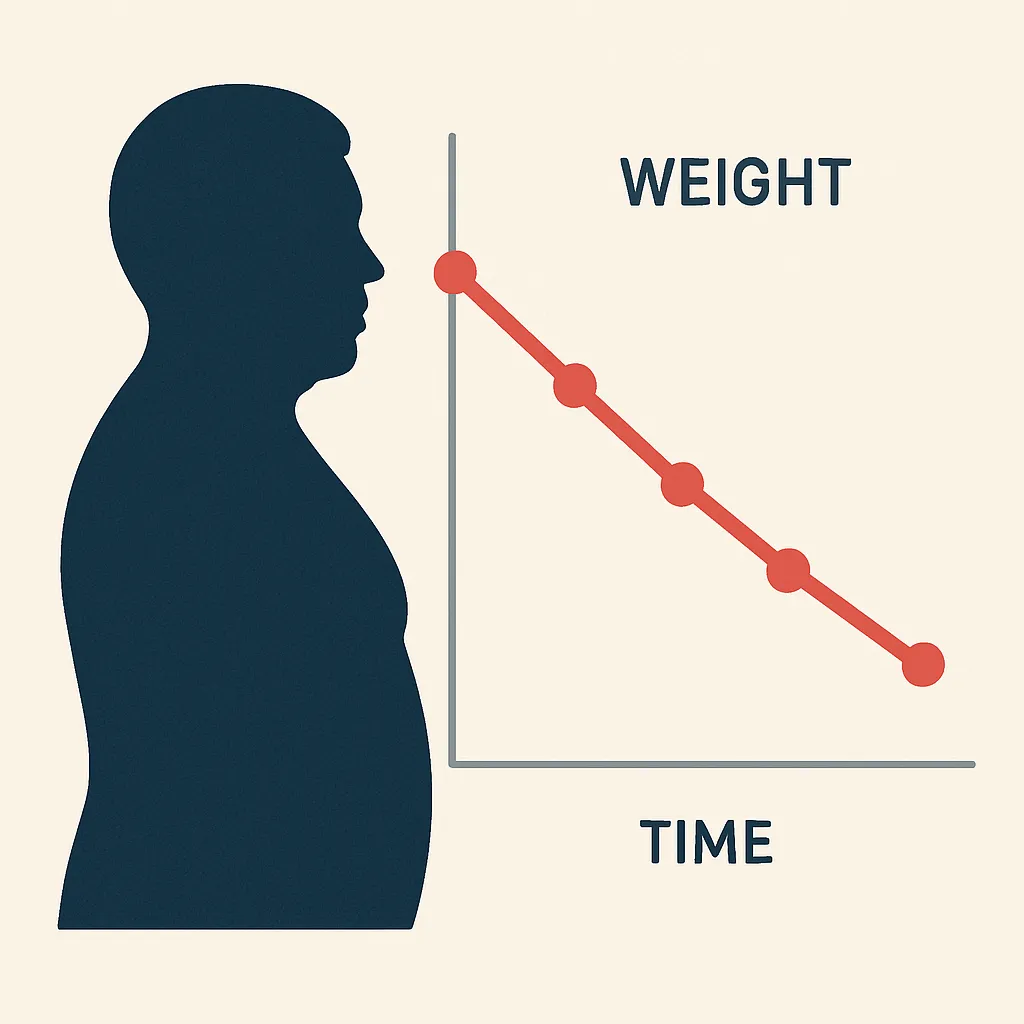
Initial Weight and Body Composition
Your starting weight and body composition play a crucial role in determining how quickly you lose weight in a calorie deficit. Individuals with higher initial body fat percentages often experience faster weight loss in the early stages, partly due to larger energy stores. Conversely, leaner individuals may see slower progress because there’s less excess fat to tap into. Muscle mass also influences energy expenditure, as muscle tissue burns more calories at rest than fat tissue does.
As you lose weight, your total daily energy expenditure (TDEE) decreases, making it necessary to reassess your calorie deficit periodically. For example, a 250-pound person might burn 2,500 calories at maintenance, but after losing 20 pounds, their maintenance needs might drop to 2,300 calories. Failing to adjust your calorie intake could stall your weight loss efforts. Therefore, tracking changes in body weight and composition helps you fine-tune your deficit over time and maintain steady progress.
Metabolism and Genetics
Genetics and metabolic rate significantly impact how long it takes to lose weight in a calorie deficit. Some people naturally have faster metabolisms, allowing them to burn more calories at rest, while others may have slower metabolic rates. Genetic factors can influence hunger signals, energy partitioning, and how your body responds to a calorie deficit. Although you can’t change your genes, you can optimize your metabolic health through diet, strength training, and adequate sleep.
Additionally, hormones like thyroid hormones, leptin, and ghrelin help regulate metabolism and appetite. Disruptions in these systems—due to stress, sleep deprivation, or medical conditions—can make weight loss more challenging. Consulting a healthcare professional or registered dietitian can be beneficial if you suspect a metabolic or hormonal issue is hindering your progress. Tailoring your strategy to your unique metabolic rate and genetic profile helps ensure a more efficient and sustainable approach to weight loss.
Lifestyle and Diet Choices
Lifestyle habits and dietary patterns also influence the pace of weight loss in a calorie deficit. Consistency in meal timing, balanced macronutrient intake, and adequate hydration support metabolic function and help you stay within your calorie goals. On the other hand, frequent consumption of processed foods, sugary beverages, and high-calorie snacks can sabotage your deficit without you realizing it.
Exercise frequency, intensity, and type are key lifestyle factors. Combining resistance training with cardiovascular work not only burns calories but also helps preserve lean muscle mass during weight loss. Additionally, high-intensity interval training (HIIT) can boost post-exercise oxygen consumption, increasing calorie burn even after your workout. Balancing these elements—nutrition, physical activity, and recovery—creates a supportive environment for gradual, sustainable weight loss.
Safe and Sustainable Weight Loss Rates
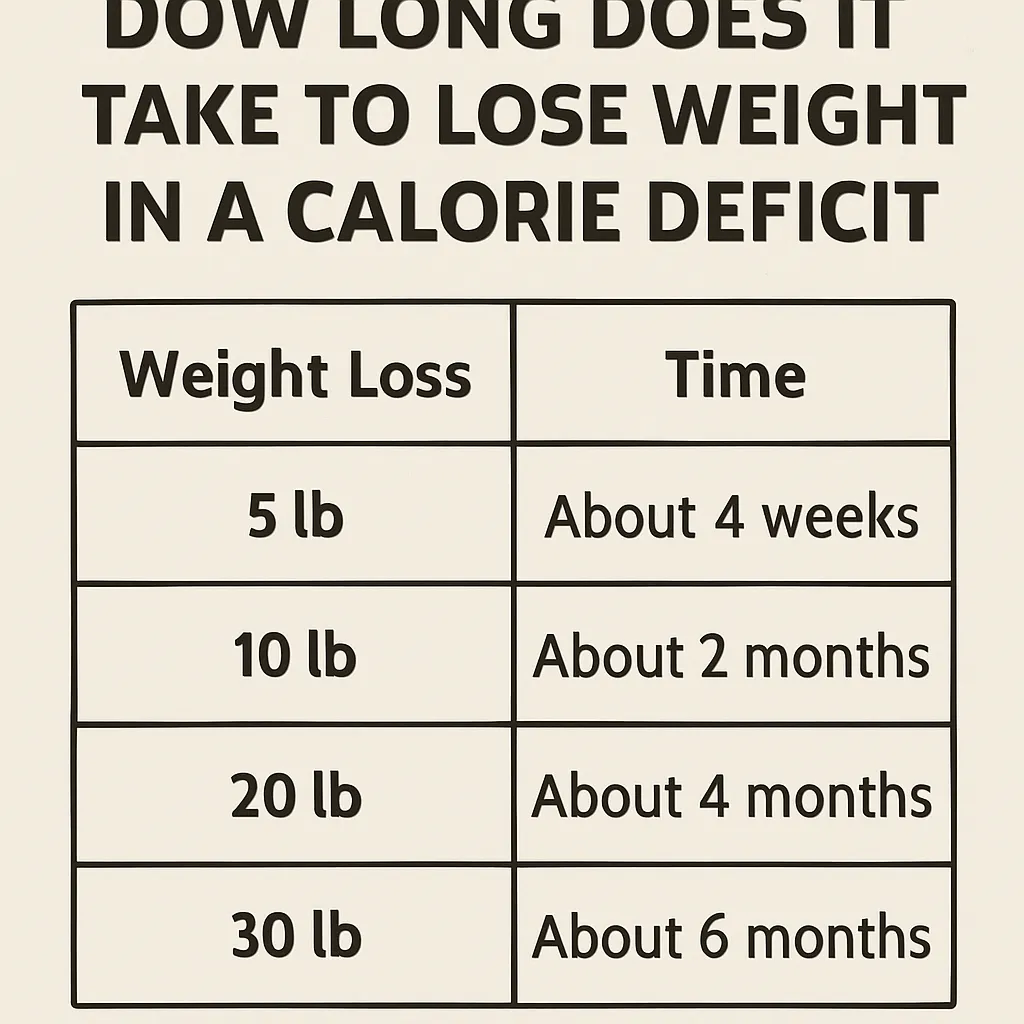
Recommended Calorie Deficit Levels
Health experts generally recommend a daily calorie deficit of 500 to 1,000 calories for safe, sustainable weight loss. This approach typically yields a weight loss rate of 0.5 to 2 pounds (0.2 to 0.9 kg) per week, which minimizes muscle loss and nutrient deficiencies. A moderate deficit is easier to maintain, reducing the likelihood of binge-eating episodes or adherence breakdowns.
Very low calorie diets (VLCDs) create larger deficits but should only be followed under medical supervision, as they can pose health risks. Always aim to get a variety of nutrients from whole foods—lean proteins, complex carbohydrates, healthy fats, fruits, and vegetables—rather than relying on supplements. A well-rounded diet supports immune function, muscle repair, and overall well-being during your weight loss journey.
Recognizing the Signs of Weight Loss
Monitoring progress in a calorie deficit involves more than just stepping on the scale. Look for gradual improvements in how your clothes fit, changes in body measurements, and increased strength or endurance during workouts. Energy levels, sleep quality, and mood are also important indicators of whether your calorie intake is appropriate. Sudden drops in energy, persistent fatigue, or mood swings may signal that your deficit is too aggressive.
Keep a food and exercise journal to track calorie intake and expenditure, and consider periodic body composition assessments—like skinfold measurements or bioelectrical impedance—to monitor fat versus muscle changes. While the scale provides a snapshot, combining multiple measures helps you see the full picture of your weight loss progress and adjust your strategy when necessary.
Below is a summary table showing common daily calorie deficits alongside their estimated weekly weight loss rates and recommended usage scenarios.
| Daily Calorie Deficit (kcal) | Estimated Weekly Weight Loss | Recommended Use |
|---|---|---|
| 250 | 0.5 lbs (0.2 kg) | Gentle, long-term approach |
| 500 | 1 lbs (0.45 kg) | Moderate, sustainable |
| 750 | 1.5 lbs (0.7 kg) | Steady progress |
| 1,000 | 2 lbs (0.9 kg) | Short-term under supervision |
Potential Risks of Rapid Weight Loss
Health Consequences of Large Deficits
While a calorie deficit is necessary for weight loss, overly aggressive deficits can lead to negative health outcomes. Rapid weight loss may cause gallstones, electrolyte imbalances, and dehydration. It can also trigger muscle wasting, slowing your metabolism further and making future weight maintenance more difficult. Psychologically, extreme calorie restriction often increases cravings, leading to binge-eating cycles and potential weight regain.
Before embarking on a very low calorie diet, consult a healthcare provider to rule out contraindications and ensure nutritional adequacy. If you experience dizziness, fainting, or persistent fatigue, you may need to reduce the severity of your deficit or incorporate more nutrient-dense foods into your meal plan.
- Gallstone formation and liver stress
- Loss of lean muscle mass
- Electrolyte imbalances and dehydration
- Hormonal disruptions affecting mood and sleep
- Increased risk of binge-eating and weight rebound
Balancing Nutrient Intake
Maintaining a calorie deficit does not mean sacrificing nutrient density. Focus on high-protein foods to preserve muscle mass, and include plenty of fiber-rich vegetables and whole grains to support digestion and satiety. Healthy fats—like those from nuts, seeds, and avocados—are crucial for hormone production and brain health. Micronutrients such as vitamins and minerals play vital roles in energy metabolism, immune function, and tissue repair.
Consider a multivitamin or targeted supplementation if your diet lacks specific nutrients, but always prioritize whole foods first. Adequate hydration and electrolyte balance are also key, especially when exercising frequently. By balancing calorie reduction with nutrient-rich choices, you’ll support overall health and enhance the sustainability of your weight loss efforts.
Practical Tips for Achieving a Calorie Deficit
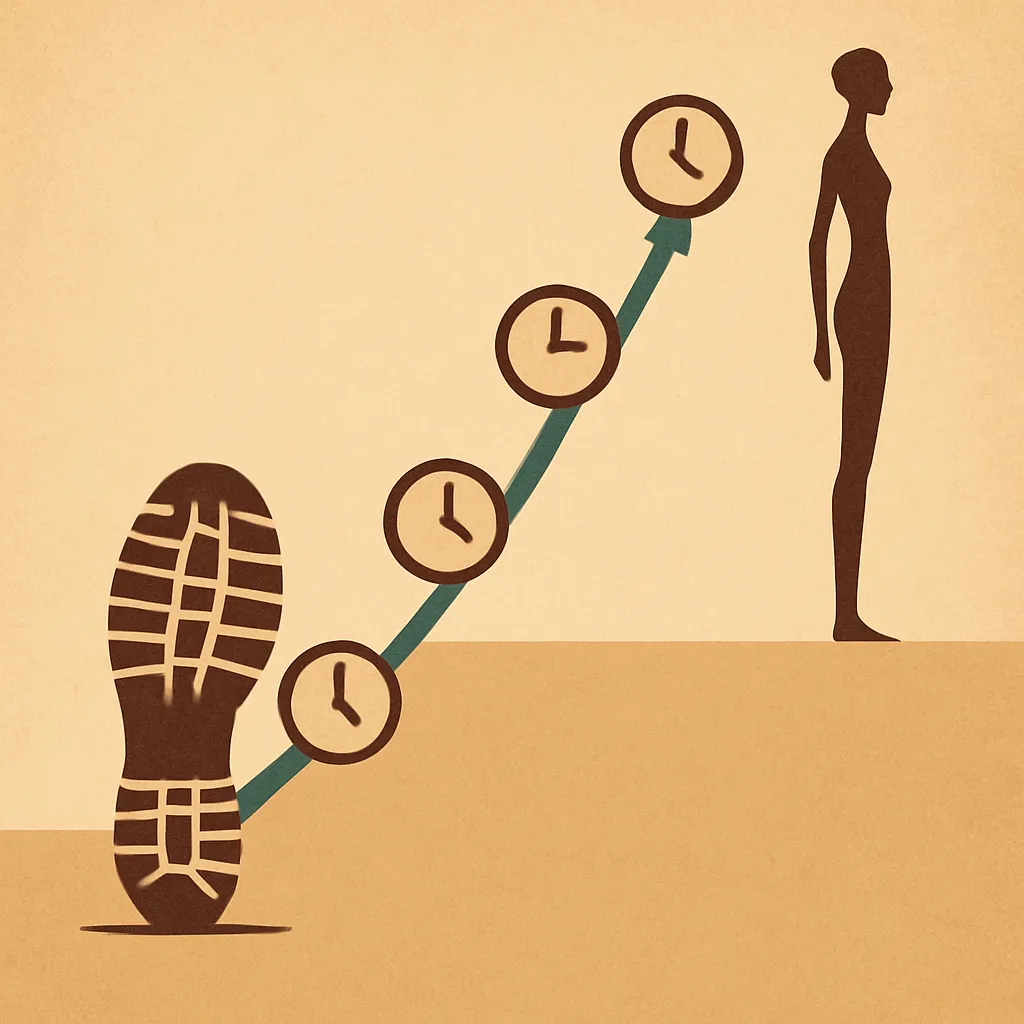
Diet Adjustments
Implementing effective diet adjustments can make creating and sustaining a calorie deficit more manageable. Small, consistent changes often yield the best long-term results. Here are practical dietary strategies to help you hit your calorie targets without feeling deprived:
- Track calories using an app or food diary to increase awareness of intake.
- Prioritize lean proteins (chicken, fish, beans) at each meal to promote satiety.
- Swap high-calorie beverages for water, herbal tea, or sparkling water.
- Fill half your plate with non-starchy vegetables to add volume and fiber.
- Plan meals and snacks in advance to avoid impulsive, high-calorie choices.
Incorporating Physical Activity
While diet has the largest impact on creating a calorie deficit, physical activity contributes significantly to total daily energy expenditure. Aim for a mix of cardio and strength training to maximize fat loss and preserve lean muscle. Regular exercise also supports cardiovascular health, mental well-being, and metabolic flexibility.
Start by setting realistic goals, such as 150 minutes of moderate-intensity cardio per week plus two days of resistance training. Gradually increase intensity or duration as your fitness improves. Incorporating non-exercise activity thermogenesis (NEAT)—like walking, taking the stairs, or standing desks—can further boost calorie burn without requiring extra gym time. By combining smart diet adjustments with consistent physical activity, you’ll create a balanced, sustainable path to weight loss.
Frequently Asked Questions
How Do Different Diets Impact Weight Loss?
Various diet plans—such as low-carb, Mediterranean, or intermittent fasting—can all create calorie deficits if adhered to properly. The key factor is overall calorie intake, not necessarily macronutrient ratios. That said, some diets may be easier to stick to based on personal preferences, cultural factors, or metabolic responses. Choose a diet plan that aligns with your tastes and lifestyle, and focus on consistency rather than perfection.
For example, a Mediterranean diet emphasizes whole grains, olive oil, and fish, which can be heart-healthy and satisfying. Intermittent fasting focuses on eating windows, which can help some individuals naturally reduce calorie intake. Experiment with different approaches and monitor how your body and mind respond. Ultimately, the best diet is one you can sustain long term while maintaining a healthy calorie deficit.
How Can I Monitor Progress Effectively?
Effective progress monitoring involves multiple metrics beyond the bathroom scale. Track body measurements—such as waist, hip, and thigh circumferences—to capture changes in body composition. Keep a workout log to record improvements in strength, endurance, or flexibility. Use progress photos taken under consistent lighting and conditions to visually document changes.
Regular check-ins—such as weekly weigh-ins and monthly measurements—allow you to adjust your calorie deficit or exercise regimen as needed. Consider using wearable devices to estimate daily calorie burn and ensure your activity levels support your goals. Finally, pay attention to non-scale victories: increased energy, improved mood, better sleep, and enhanced confidence all signal positive changes beyond weight loss alone.
